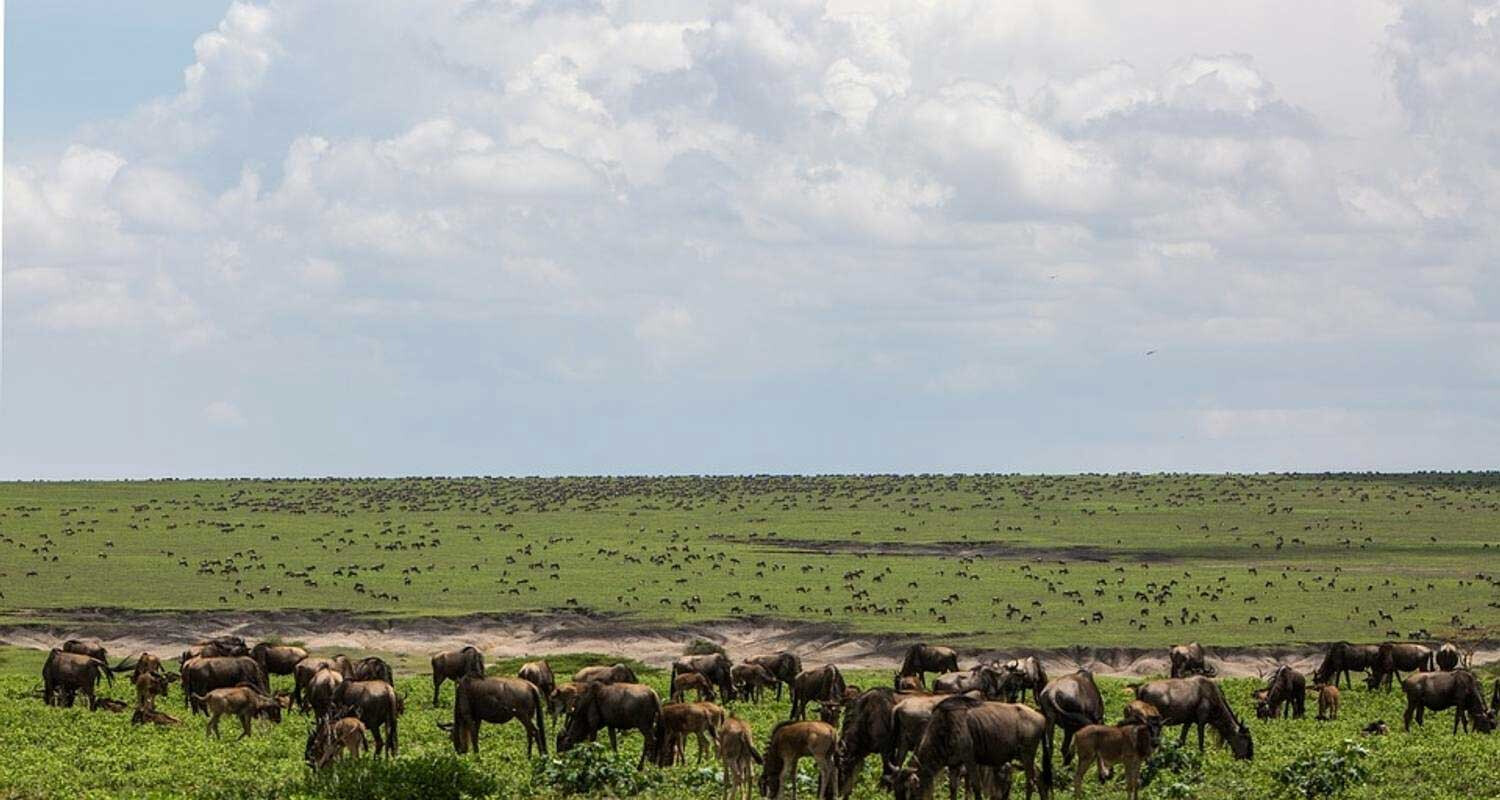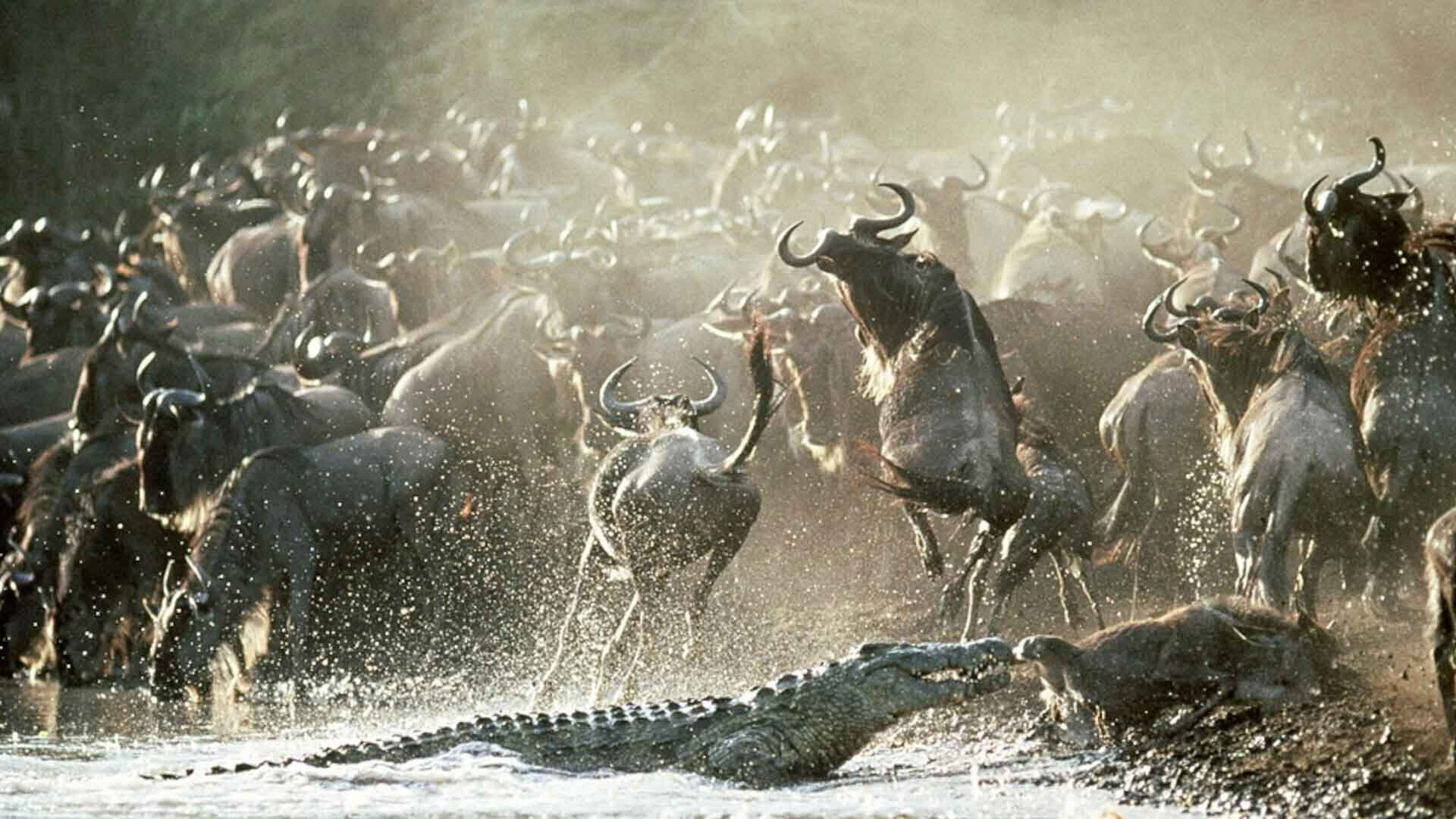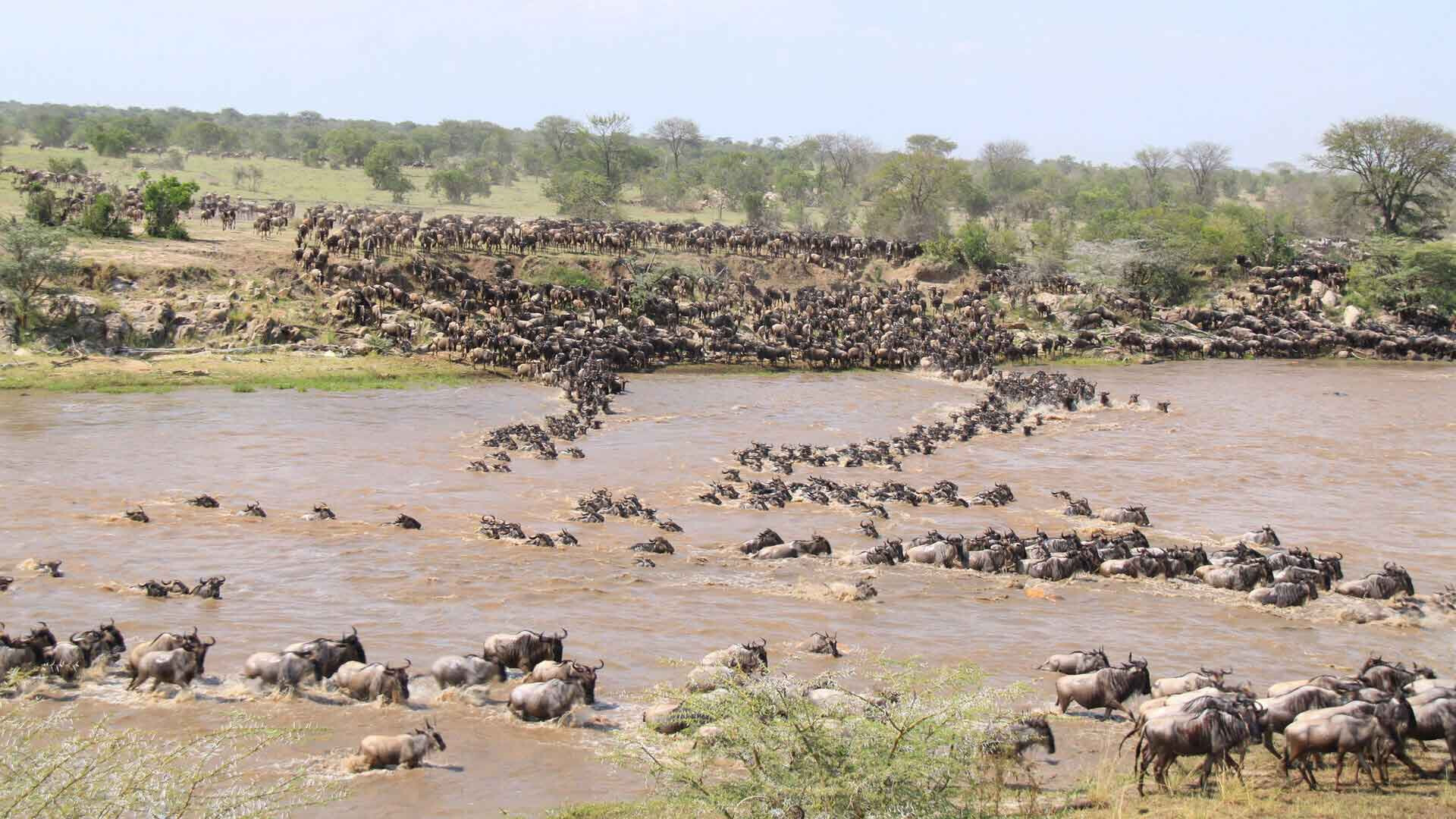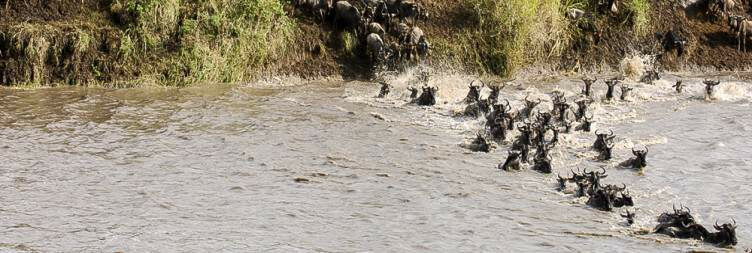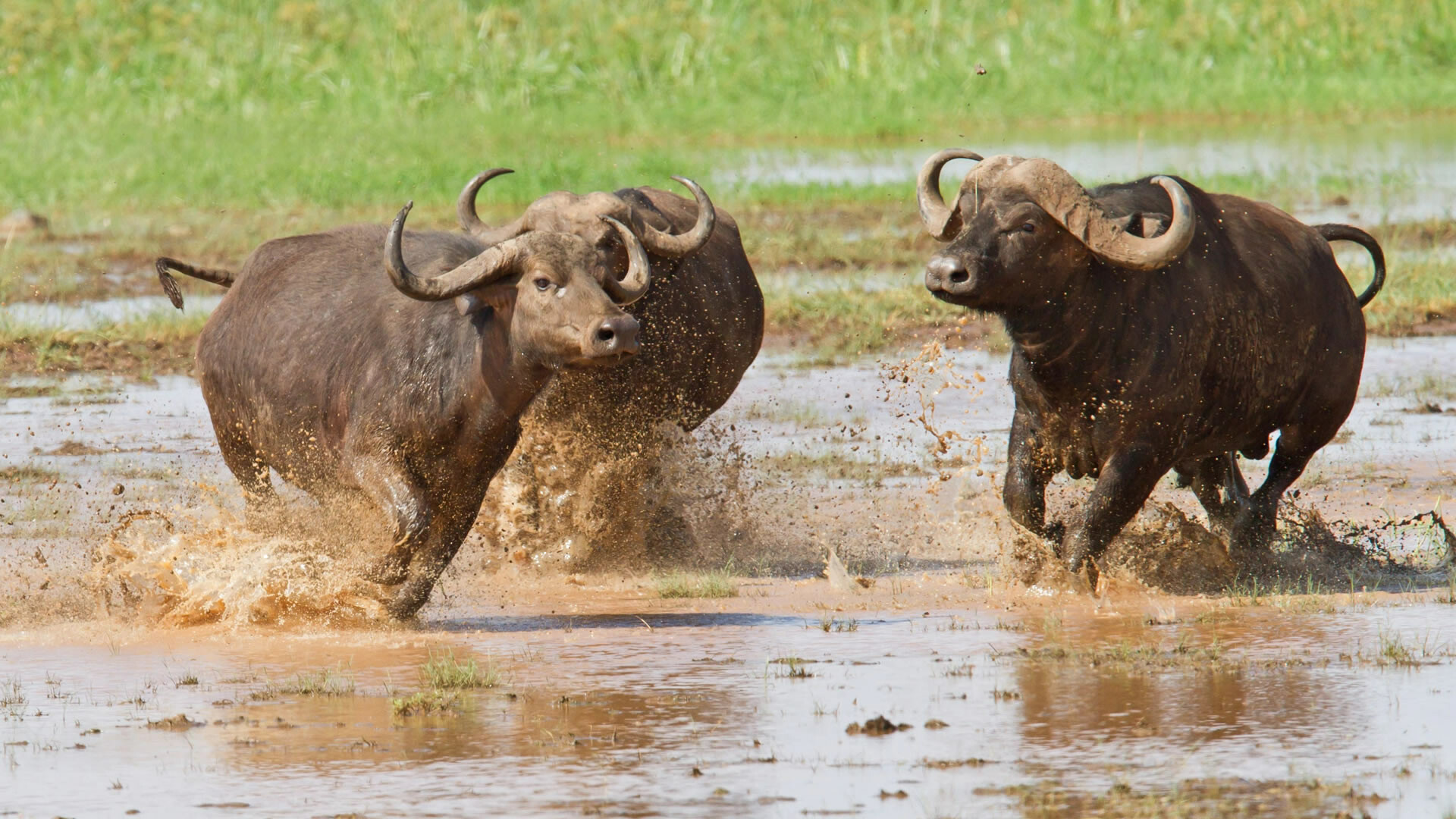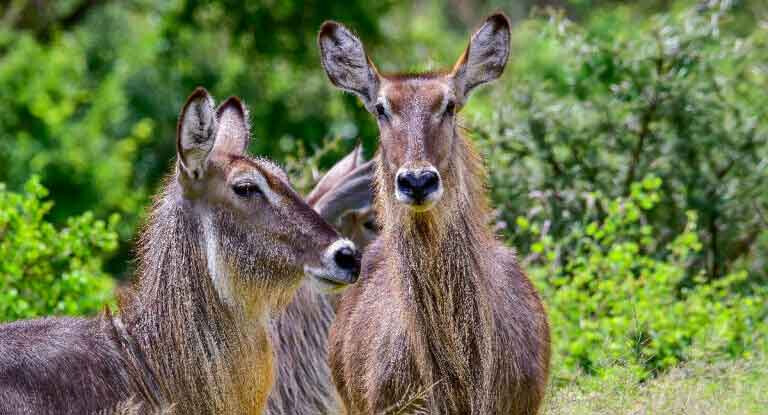How To Plan a Tanzania Wildebeest Migration Safari?
A Tanzania Wildebeest Migration Safari promises an unforgettable adventure amidst one of nature's most spectacular events. This article guides you through essential planning steps to ensure a seamless and enriching safari experience by Serengeti Smile.
Planning Your Tanzania Wildebeest Migration Safari
1. Choosing the Right Time to Visit
The Tanzania wildebeest migration is a seasonal spectacle, making timing crucial. The best time to witness this awe-inspiring event is typically from June to September when the herds cross the Mara River.
Consider factors like weather, avoiding rainy seasons, and the benefit of fewer crowds during shoulder seasons.
2. Selecting the Ideal Safari Route
Tanzania offers various routes for experiencing the migration, each with unique landscapes and wildlife encounters.
Serengeti National Park and Ngorongoro Crater are renowned for their biodiversity and prime viewing spots. Compare these routes to tailor your safari to your preferences and interests.
3. Booking Accommodations and Transportation
Finding accommodations close to the migration route enhances your wildlife experience. Options range from luxurious lodges to intimate tented camps, ensuring comfort amidst nature.
For transportation, choose between guided tours for expert insights or self-driving for flexibility, depending on your comfort level and adventure spirit.
4. Packing Essentials for the Safari
Pack strategically for your Tanzania safari with essentials like lightweight clothing for varying temperatures, sturdy footwear for walking safaris, and binoculars for wildlife observation.
Sunscreen, insect repellent, and a camera with extra batteries ensure you're prepared for extended days exploring the Savannah.
5. Understanding Wildlife Etiquette
Respect for wildlife and their natural habitat is paramount during your safari. Maintain a safe distance from animals, follow park regulations, and refrain from feeding or disturbing wildlife.
This ensures a harmonious experience while safeguarding the environment for future generations.
6. Hiring a Knowledgeable Guide
A knowledgeable guide enhances your safari experience with in-depth knowledge of local flora, fauna, and migration patterns.
Choose a guide certified by reputable associations and with extensive experience in Tanzania's national parks, ensuring a deeper understanding of the ecosystem and its inhabitants.
7. Budgeting for the Safari
Budgeting for a Tanzania Wildebeest Migration Safari involves considering costs for accommodations, meals, park fees, and optional activities like hot air balloon safaris or cultural visits.
Researching seasonal discounts and booking in advance can help manage expenses while maximizing your safari adventure.
8. Preparing for the Unexpected
Prepare for unforeseen circumstances by purchasing comprehensive travel insurance and familiarizing yourself with emergency protocols.
Stay informed about local conditions and health precautions to mitigate risks, ensuring peace of mind throughout your safari journey.
Conclusion
Planning a Tanzania Wildebeest Migration Safari requires careful consideration of timing, accommodations, wildlife etiquette, and budgeting.
By starting early and leveraging local expertise, you can maximize your chances of witnessing this natural wonder while creating lasting memories of Africa's breathtaking landscapes and wildlife.
 EN
EN
 FR
FR
 IT
IT
